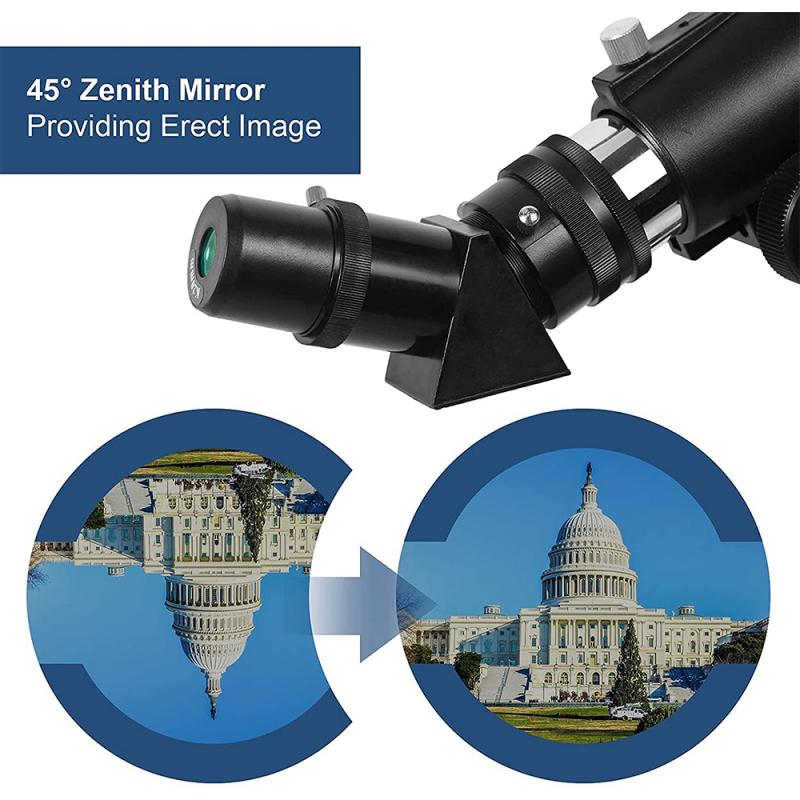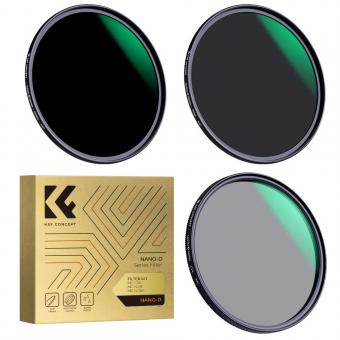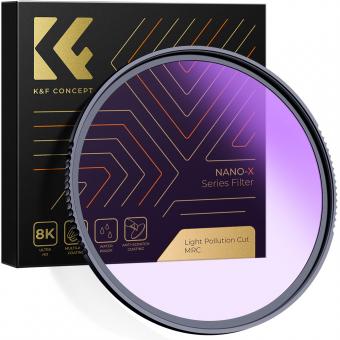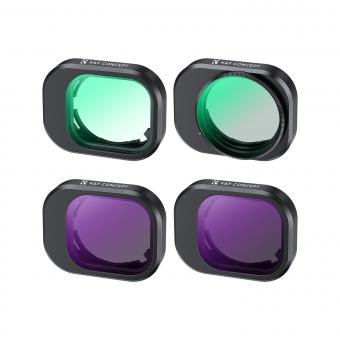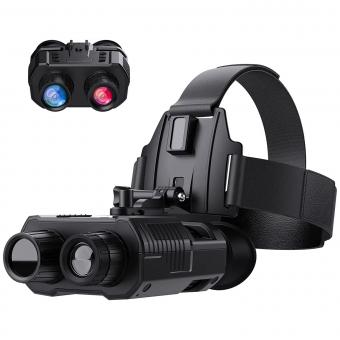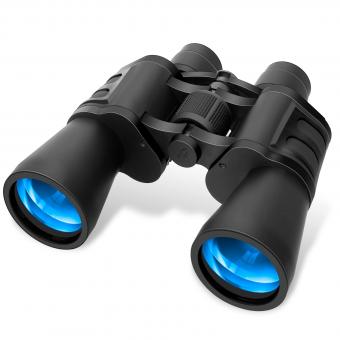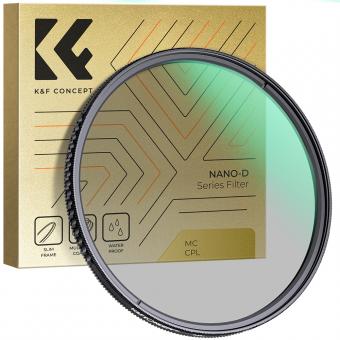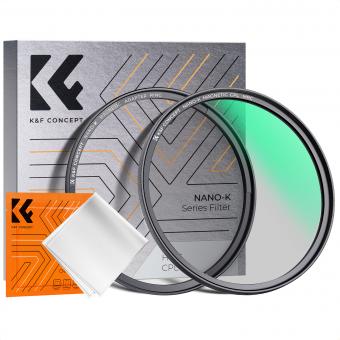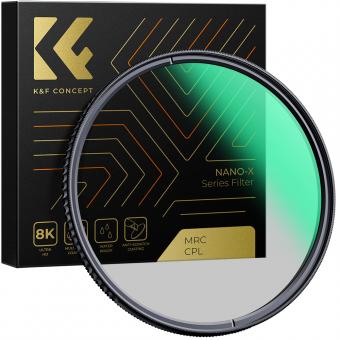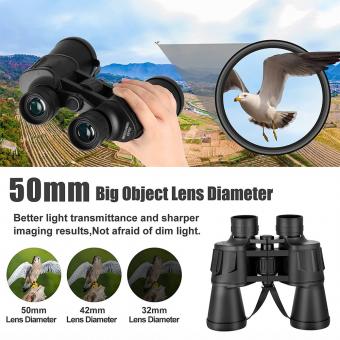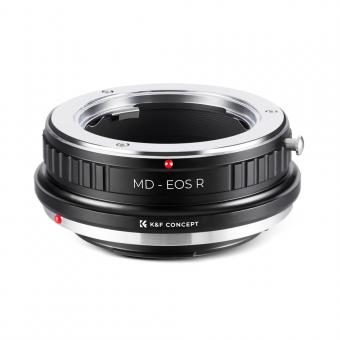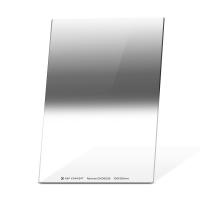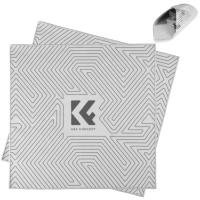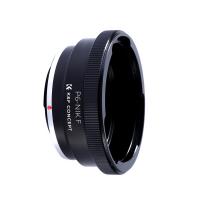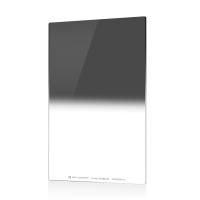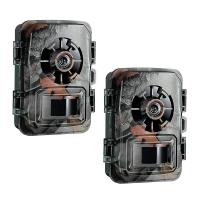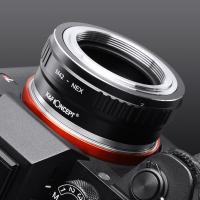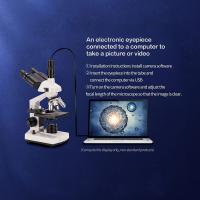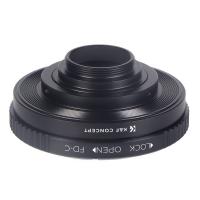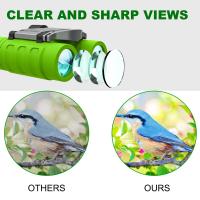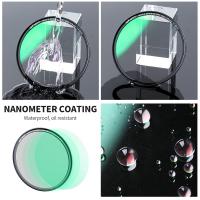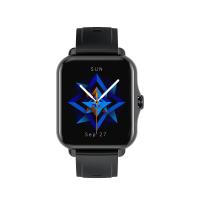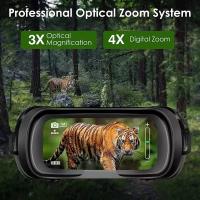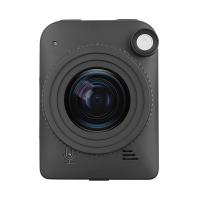What Telescopes Are Best For Astrophotography ?
Some of the best telescopes for astrophotography include the Celestron NexStar 8SE, Orion 8974 SkyQuest XT8 PLUS, and the Meade Instruments LX200-ACF. These telescopes are known for their high-quality optics, sturdy construction, and compatibility with astrophotography accessories. They offer a good balance between portability and aperture size, allowing for detailed and clear images of celestial objects. Additionally, they often come with advanced features like computerized mounts and tracking systems, which are essential for capturing long-exposure images. However, the best telescope for astrophotography ultimately depends on individual preferences, budget, and specific imaging goals.
1、 Aperture: Larger telescopes capture more light for detailed astrophotography.
When it comes to astrophotography, the choice of telescope plays a crucial role in capturing stunning images of the night sky. While there are various factors to consider, one of the most important is the aperture of the telescope.
Aperture refers to the diameter of the telescope's primary mirror or lens. Larger telescopes have a wider aperture, allowing them to capture more light. This is particularly important for astrophotography, as it enables detailed and high-resolution images of celestial objects.
In general, larger aperture telescopes are considered to be better for astrophotography. They gather more light, which results in brighter and more detailed images. This is especially important when photographing faint deep-sky objects such as galaxies, nebulae, and star clusters.
However, it's worth noting that the choice of telescope also depends on the specific type of astrophotography you wish to pursue. For wide-field astrophotography, where you capture large areas of the night sky, a telescope with a shorter focal length and wider field of view may be more suitable. On the other hand, for planetary or lunar photography, a telescope with a longer focal length and higher magnification capabilities may be preferred.
It's important to keep in mind that technology and advancements in astrophotography equipment are constantly evolving. New telescopes with innovative features and improved optics are regularly being introduced to the market. Therefore, it's always a good idea to stay updated with the latest developments and seek advice from experienced astrophotographers or astronomy communities to make an informed decision.
In conclusion, when it comes to astrophotography, larger telescopes with a wider aperture are generally considered to be the best choice. However, the specific type of astrophotography you wish to pursue and the latest advancements in technology should also be taken into account when selecting a telescope for capturing stunning images of the night sky.
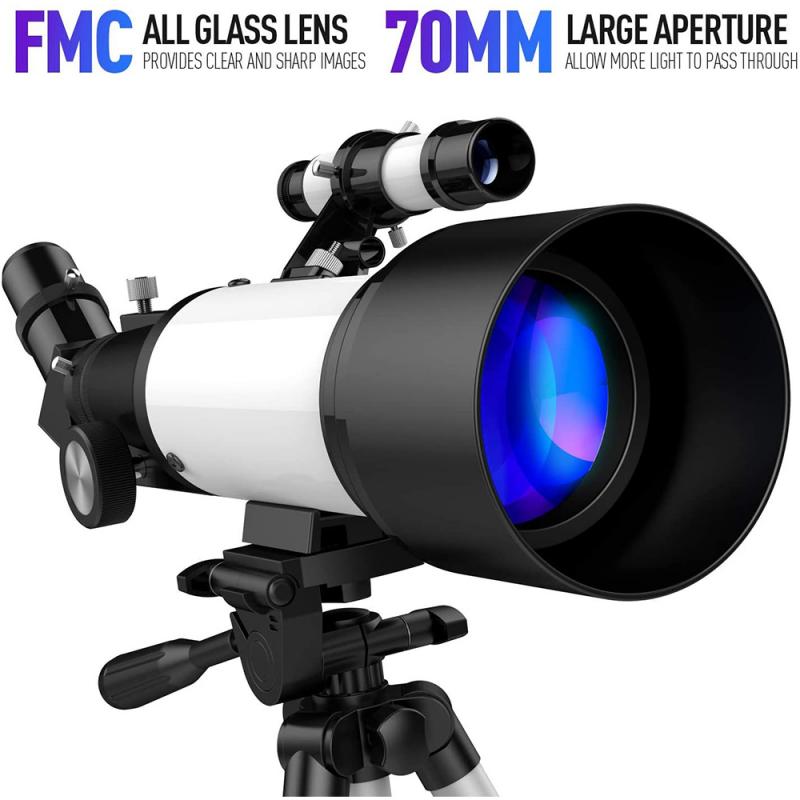
2、 Focal Length: Longer focal lengths provide higher magnification for astrophotography.
When it comes to astrophotography, choosing the right telescope is crucial for capturing stunning images of celestial objects. While there are various factors to consider, one key aspect is the focal length of the telescope.
Focal Length: Longer focal lengths provide higher magnification for astrophotography. This is particularly important when capturing distant objects such as galaxies or nebulae. Longer focal lengths allow for greater detail and clarity in the final images. However, it's worth noting that longer focal lengths also result in narrower fields of view, making it more challenging to capture larger objects or wide-angle shots.
In terms of specific telescope models, there are several popular options among astrophotographers. One such telescope is the Celestron EdgeHD series, which offers long focal lengths and excellent image quality. These telescopes are known for their ability to capture fine details of celestial objects.
Another popular choice is the Sky-Watcher Esprit series, which provides a range of focal lengths suitable for astrophotography. These telescopes are highly regarded for their sharpness and color correction, making them ideal for capturing vibrant and detailed images.
Additionally, the William Optics ZenithStar series is well-regarded for astrophotography. These telescopes offer a good balance between focal length and portability, making them suitable for both deep-sky imaging and wide-field shots.
It's important to note that the best telescope for astrophotography may vary depending on individual preferences and specific imaging goals. Furthermore, advancements in technology and new telescope models are constantly emerging, so it's always beneficial to stay updated with the latest developments in the field.
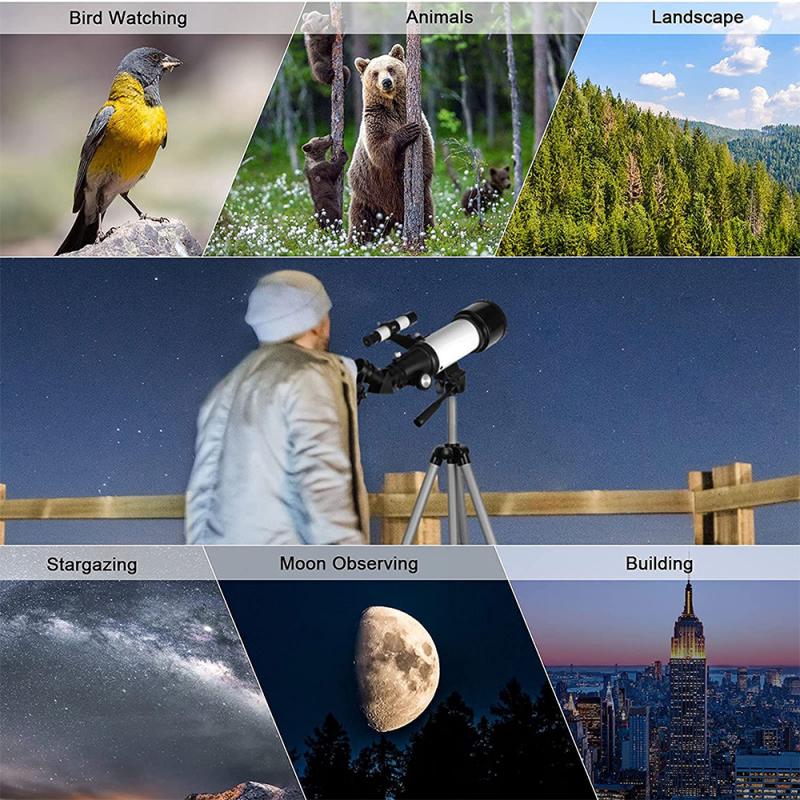
3、 Mount Type: Equatorial mounts offer better tracking for long-exposure astrophotography.
When it comes to astrophotography, choosing the right telescope is crucial for capturing stunning images of the night sky. While there are various factors to consider, such as aperture, focal length, and camera compatibility, one key aspect to focus on is the mount type.
Equatorial mounts are widely regarded as the best choice for astrophotography, especially for long-exposure imaging. These mounts are designed to align with the Earth's axis of rotation, allowing for precise tracking of celestial objects as they move across the sky. This tracking capability is essential for capturing sharp and detailed images, as it compensates for the Earth's rotation, which would otherwise cause stars to appear as streaks during long exposures.
Equatorial mounts come in different sizes and designs, ranging from manual to motorized and even computerized versions. The latter options offer advanced features like automated tracking and GoTo functionality, which can greatly simplify the astrophotography process.
In recent years, there have been significant advancements in equatorial mount technology. Many manufacturers now offer mounts with improved tracking accuracy, increased payload capacity, and enhanced stability. Additionally, some mounts incorporate features like built-in autoguiding ports, which allow for even more precise tracking and better image quality.
When it comes to telescopes, there is no one-size-fits-all solution for astrophotography. The choice depends on various factors, including personal preferences, budget, and the specific objects you wish to capture. However, regardless of the telescope you choose, pairing it with a high-quality equatorial mount will undoubtedly enhance your astrophotography experience and yield better results.
In conclusion, for astrophotography, equatorial mounts are the preferred choice due to their superior tracking capabilities. Investing in a reliable equatorial mount will provide the stability and accuracy needed for capturing stunning images of the night sky.
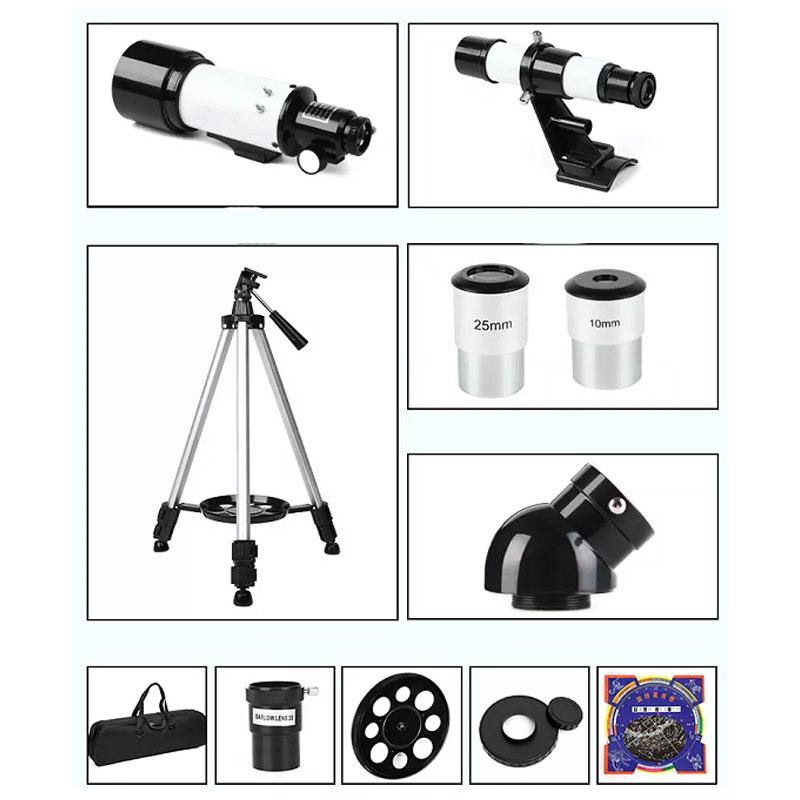
4、 Optical Design: Refractor telescopes offer sharp images for astrophotography.
When it comes to astrophotography, choosing the right telescope is crucial for capturing stunning images of the night sky. While there are various types of telescopes available, refractor telescopes are often considered the best option for astrophotography due to their optical design.
Refractor telescopes use a lens system to gather and focus light, resulting in sharp and high-contrast images. This optical design eliminates the need for additional mirrors, reducing the chances of internal reflections and image distortion. The absence of a central obstruction also ensures better image quality, especially when capturing fine details of celestial objects.
Moreover, refractor telescopes are typically more compact and portable compared to other types of telescopes, making them easier to set up and transport for astrophotography sessions. Their sturdy construction and sealed optical tubes also minimize the impact of environmental factors such as temperature changes and dust, ensuring consistent image quality.
In recent years, advancements in lens technology have further improved the performance of refractor telescopes for astrophotography. Manufacturers have developed high-quality apochromatic refractors that use specialized glass elements to correct for chromatic aberration, resulting in even sharper and more color-accurate images.
However, it is important to note that the best telescope for astrophotography ultimately depends on individual preferences and specific imaging goals. Factors such as budget, desired focal length, and target objects should also be considered when selecting a telescope. Consulting with experienced astrophotographers or seeking advice from reputable astronomy forums can provide valuable insights and help make an informed decision.
